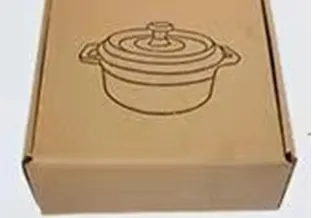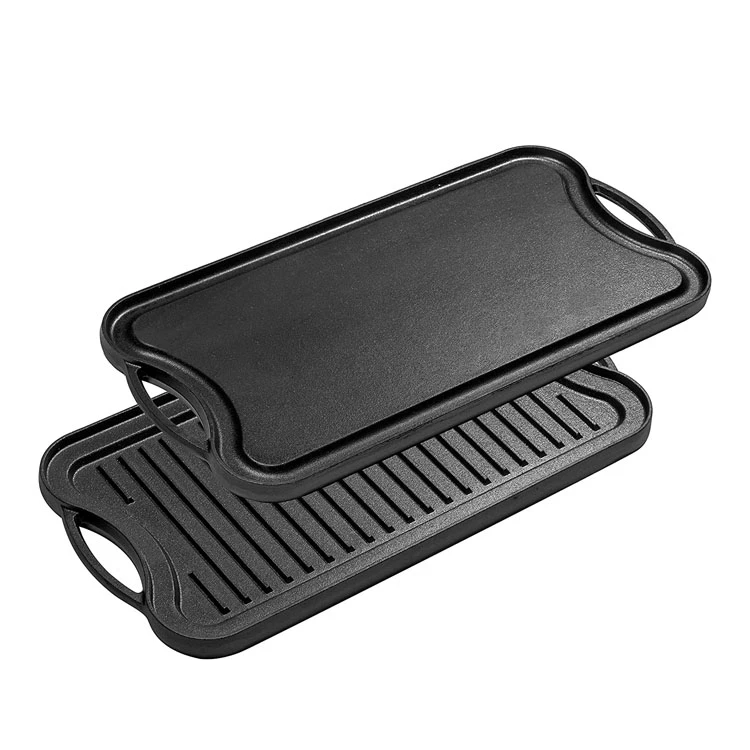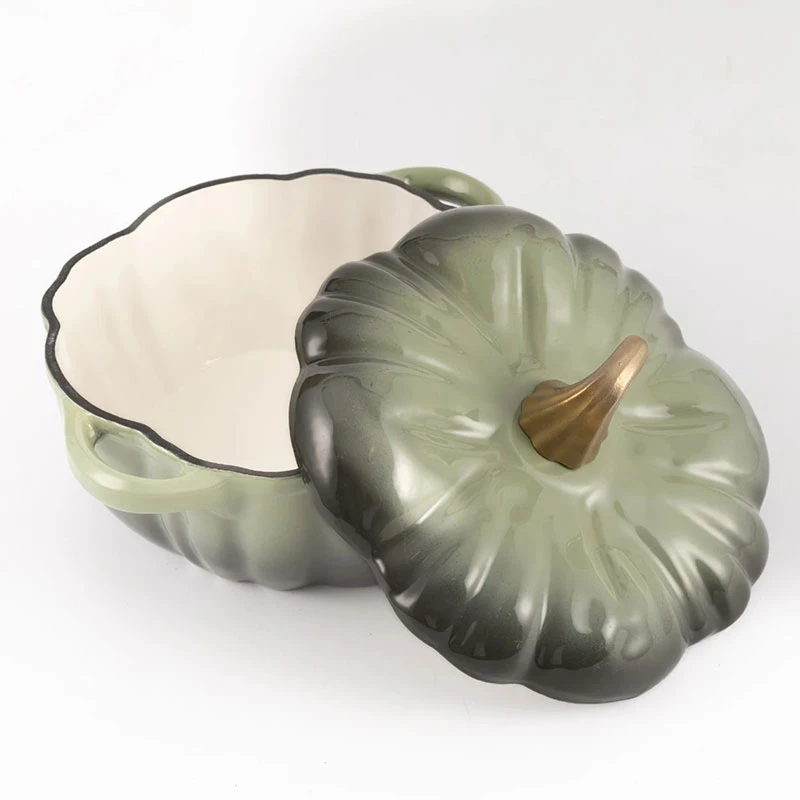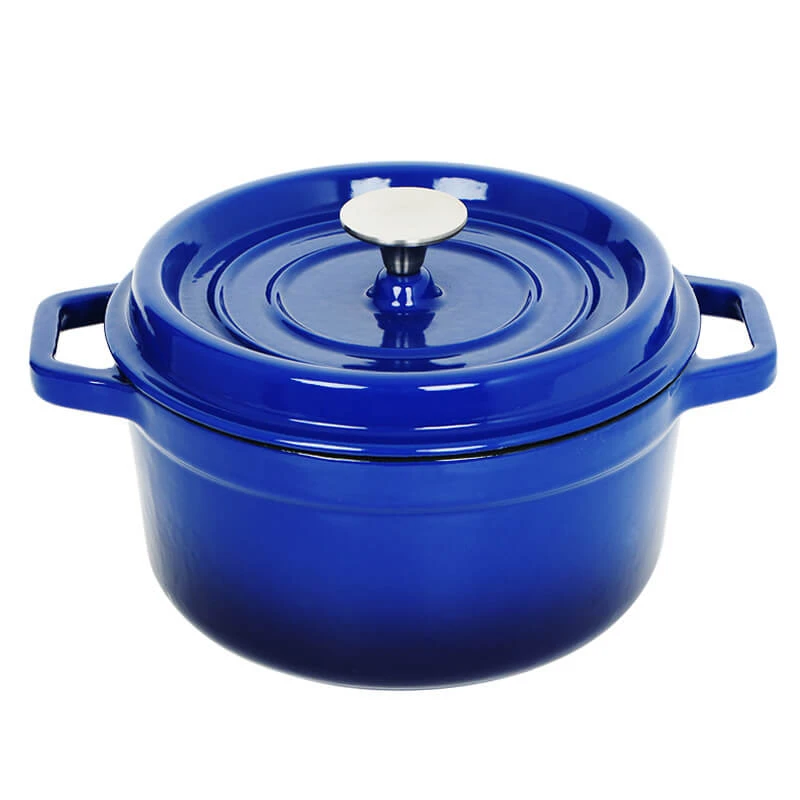
restoring iron skillet
Restoring Your Iron Skillet A Step-by-Step Guide
Iron skillets are a staple in kitchens around the world, cherished for their durability and ability to retain heat evenly. Over time, however, even the best-cared-for skillets can develop rust, lose their seasoning, and require restoration. Whether you’ve found an old skillet at a yard sale or your trusty cookware needs a facelift, restoring an iron skillet is a simple process that can bring it back to life.
Step 1 Assess the Condition
Before diving into restoration, examine your skillet. If it’s simply dull or non-stick, it may just need a good cleaning and reseasoning. If you see significant rust or flaking, it will require more extensive work. In any case, take note of the level of damage to determine the appropriate cleaning method.
Step 2 Clean the Skillet
Start with basic cleaning. For skillets that have lost their sheen but have no rust, warm water and a stiff brush should suffice. Avoid soap, as it can strip the seasoning. However, if you encounter rust, you’ll need to resort to a more vigorous cleaning method.
For heavily rusted skillets, you can create a paste using vinegar and baking soda. Apply the paste to rusted areas and let it sit for 30 minutes. Then, use a scrub pad to scrub off the rust. Alternatively, for severe rust, consider using steel wool or sandpaper, but be cautious not to scratch the surface too deeply.
Step 3 Rinse and Dry
restoring iron skillet

After cleaning, rinse the skillet thoroughly with warm water and dry it immediately. It’s essential to remove all moisture to prevent further rusting. Placing the skillet on low heat for a few minutes can help evaporate any remaining water.
Step 4 Season the Skillet
Once the skillet is clean and dry, it’s time to re-season it. This process involves applying a thin layer of cooking oil (like vegetable oil, flaxseed oil, or lard) to the entire surface of the skillet, including the handle and bottom. Wipe off any excess oil with a paper towel.
Preheat your oven to 450°F (232°C). Place the skillet upside down on the top rack of the oven, and put a baking sheet on the bottom rack to catch any drips. Bake the skillet for about an hour, then turn off the oven and let it cool inside. This process builds a non-stick layer and protects the iron from rust.
Step 5 Maintenance Tips
To keep your skillet in top shape, clean it after each use by simply scraping out any food debris and rinsing it with hot water. Avoid soaking or dishwashing, as prolonged exposure to water can promote rust. After each wash, dry it thoroughly and apply a thin layer of oil to maintain the seasoning.
In conclusion, restoring an iron skillet is not only a sustainable choice but also a rewarding one. With a little care and effort, your skillet can become a cherished kitchen companion that lasts for generations. Whether it’s for frying, sautéing, or baking, a well-cared-for iron skillet is indispensable for any home cook. Embrace the art of restoration, and enjoy the countless meals to come!
-
Authentic Traditional Chinese Wok for High-Performance CookingNewsAug.02,2025
-
Season Cast Iron Perfectly with GPT-4 Turbo TipsNewsAug.01,2025
-
High Quality Cast Iron Cookware - Baixiang County Zhongda MachineryNewsAug.01,2025
-
Premium Cast Iron Pan: Durable & Perfect HeatNewsAug.01,2025
-
High Quality Kitchen Durable Black Round Cast Iron Cookware Pancake Crepe Pan-Baixiang County Zhongda Machinery Manufacturing Co., Ltd.NewsAug.01,2025
-
Cast Iron Cookware - Baixiang County Zhongda Machinery | Nonstick, Heat ResistanceNewsAug.01,2025


